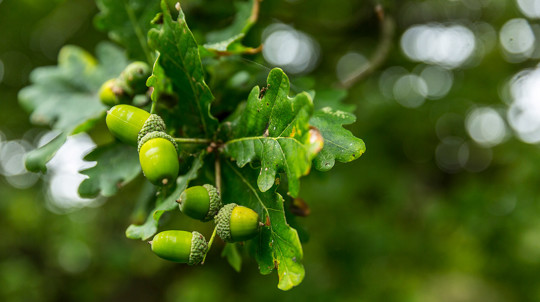Waters Edge
NORTH LINCOLNSHIRE COUNCIL WOOD
Overview
At Waters' Edge in Barton (signposted from the main roundabout) you will find a visitor centre with a cafe and toilets. The reserve has a Ranger who can assist you with any site enquiries and who you can contact if you would like to be a volunteer on the site. The site is accessible to all abilities.
Wildlife
The reserve is a picturesque wetland haven and home to a wide variety of plants and animals. There are two areas that form part of a Site of Special Scientific Interest.
Over 160 species of birds and many animals have been seen at Waters' Edge and the reserve's wetland habitat is particularly rich in wildfowl. There are extensive ponds, meadows, woodlands and reedbeds connected by a network of paths and raised walkways. The reserve is an excellent location to see a wide range of living things in a variety of habitats, and offering spectacular views of the Humber Bridge.
Until a few years ago this was an area of severe industrial blight. The chemical factories that stood here closed in the mid 1980s leaving the ground contaminated with toxic waste. In the late 1990s a multimillion-pound project was initiated to clean up and transform the area to what is now Waters' Edge, a 100-acre haven for wildlife on the Humber shore.
Thousands of native trees have been planted around the reserve and the range of plants found here is considerable. The rich diversity of habitats in the reserve makes this an excellent location to see a wide range of plant and animal life. The reedbeds in the reserve are particularly important being classified as not only a Site of Special Scientific Interest (SSSI) but also classified as a Wetland of International Importance.
The plants in the park have an important role to play providing not only food but also shelter for the wildlife that makes the reserve its home. The common reeds around the Humber Estuary provide habitat for rare birds such as the Marsh Harrier and Bittern, while the Birds Foot Trefoil, an attractive yellow flower, that is found in the shorter grasslands is a food plant for the Common Blue butterfly's caterpillars.
Hawthorn is the main hedge plant on the reserve. Its blossom appears in spring hence the proverb 'Ne'er cast a clout till May be out, meaning don't shed your winter clothing until Hawthorn is in flower. Its red berries in the autumn provide a good food source for birds such as the Redwing. The Sea Aster flowers in late summer to autumn in the Saltmarsh beyond the floodbank. There are also wading birds to be seen on the riverbank mud at low tide, Kingfishers, Herons and Grebes are at home on the ponds.





